AI-assisted web design is good for everyone
I have some good news for artists. There are some interesting and genuinely useful things that Generative AI art can do for a website developer today, and they will prove to be deeply empowering for artists. This may seem countintertuitive, but I promise there is a light at the end of the tunnel. Many of us have lately been too focused on the immediate threat posed by generative AIs to their livelihood, but this time of rapid change may be one of the best things - economically - that has ever happened to the artist caste (and perhaps for everyone else as well). Let me explain how.
I’ve been exploring the liminal dreamscape realm of Generative AI models, checking their fit, observing the war. Some of the things I’ve found have been deeply moving, some inspiring, some terrifying or disturbing. This is part of a series about my journey and the best practices (and anti-practices) I find for these new tools.
Any sphere of industry that leans on highly structured generated text as the main part of its output - lawyers, accountants, programmers - are currently the ones with the most exposure to automation. As seen in this below figure from a recent Goldman Sachs report on the exposure of various jobs, you can see they are forecasting the loss of 44% of jobs in the Legal industry category, and 35% of jobs in the Business and Financial Operations industry category to automation.
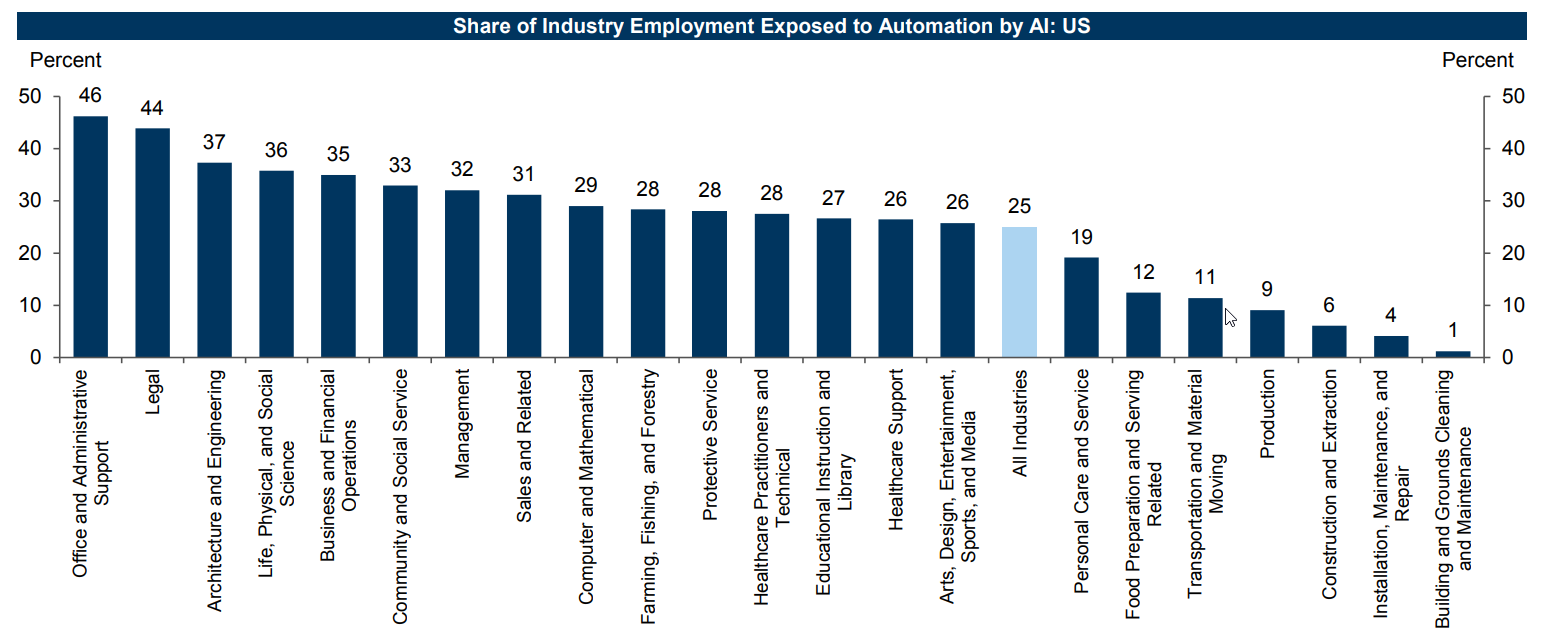
The things that generative AI are most effective at tackling - the white collar jobs it will wipe out first - are the most highly structured industries. These garner the best results from a diffusion model, as they have the most homogeneity and codified best practices. This regularity increases the training intensity for the LLM in those directions, and produces the most strongly reinforced (and reliably accurate) outputs.
But this study largely concentrates on the ways that text generation AI can supplant industries of written text or numbers, and does not speak to the mounting threat from image generation AI to all the genres of visual arts and their practitioners. There are genres of art that are highly-structured and have many examples to train from. The more popular the art form, the more paintings have been painted. The more gripping the anime, the more fan art has been posted online and absorbed into the dataset of images that is used to generate more.
This will continue to evolve, of course, so let’s focus on a more immediate mixing pot of technical (text) and creative (visuals), and the impact that is being felt there: website building - one of the first industries to feel the wave of disruption. And let’s see how that will benefit art (and artists) in the end.
Website builders are of course already using Dall-e 2 and Midjourney and ChatGPT to shortcut the generation of content and design for websites in compelling ways that point towards an interesting future for the technology. It is easy to get upset about the food this will take from the mouths of the human artists and copywriters who were spending those hours (theoretically) making that art up until now. It is tempting to point to this and fear the results. But the reality is that automation and prefabricated work and sophisticated software frameworks have transformed website development in these same directions already. AI is a natural extension of forces that have already deeply changed the industry.
It is important to remember that many software development shops will not take on website work, at least below a certain threshold of complexity. For the most part, in these late stages of the civilizational shift to everything and everyone should have their own website, the creation of them is now often relegated to short term contracts sourced from the gig economy infrastructure, or to the co-op student to figure out.
Or for you do to yourself in a 30 minute layouting session on Squarespace.
For decades there has been a tension in the work of a web developer: the rise of templates and the ecosystem built atop Wordpress and no-code build-and-host services like Squarespace have put pressure on the transaction between website builder and the client, as the industry has automated and themed itself into a state of extreme commodification. The job is quite like the music industry now, where a few individuals get paid remarkably well (rockstars), and the rest are fighting for scraps and gigs. Most website design shops that have persisted and seen growth, and hope to be at the high-end, are those that have moved into branding and marketing alongside the traditional website bonsai.
Of course, there are still low rent design shops all over the place catering to the bottom end of the market, because there are billions of people on this planet, and even more commercial enterprises and causes; enthusiast groups, municipal efforts, chambers of commerce, exciting B2B opportunities, the list goes on. There won’t be a “last website” until the sun explodes in about 5 billion years.
When a website building project starts, a professional website builder is forced to immediately confront some inescapable truths about the economics of their situation. In order to derive an income, they need to either have 1-2 large clients who pay well and require many hours per week (rare), or they need many small clients who don’t pay very much and need fewer hours (common). At the end of the day, they are selling their time for a wage, and they only have so many non-sleeping hours in a week.
One way that website builders have optimized the process to increase their take-home income is by outsourcing parts of the website construction to software frameworks that do much of the work for them. This minimizes the time they must spend on each small project, and increases the number they can do at once. The most common stack is Wordpress, with a prefab layout template as a starting point, and the typesetting and spacing possibly handled by a CSS framework. This allows solo developers and website factory mills to focus on the parts where they intuit they can best add value - the visual design, its aesthetics, its harmony with the client’s values and the way they wish to depict themselves (the brand).
Generative image AI systems allow the website builder to outsource yet more of the website build, and it is inevitable that this will be leveraged by solo developers and struggling design shops. Image generation AI enables the quick creation of graphics to sell the job to a prospective client - as website decorations, as inspiration, or as concept art. Text generation AI can give them (on a prototyping/wireframing timeline) website-appropriate content much better than traditional Lorem Ipsum text - something tailored to the client already, and possibly good enough for publishing after just a few tweaks. These text and art generative models are rocket boosters in projects for someone with sound artistic judgement but relatively little technical ability.
During my time spent lurking on the Midjourney Discord channel observing the generative genie at work, I witnessed designers asking for many of the elements required for their projects, and the results were often quite compelling. They highlight the path forward for many website builders already forced by commodification to inhabit the long tail of website design projects.
One surprisingly effective approach is to request themed iconsets so they can sprinkle individualized widgets in the visual design of a website page. Previously, these had been difficult to source. They require a lot of time to produce manually, putting a practical limit to the variety of icons that can be used, and on the sophistication of the resulting website design. Alternatively, you could purchase licensed iconsets authored by others, or download freely available ones, but clearly this approach lacks pizzazz. Now, it turns out that generative AI artists are very good at creating grids of icons, and this should not be surprising: it is a recursion of what the models already do - create viable variations on a prompted theme. It’s just happening more times, on a smaller icon-sized canvas as a microcosm of itself.
Icons and Iconsets
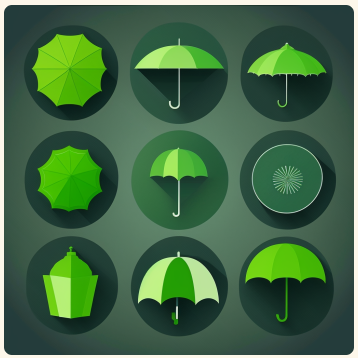
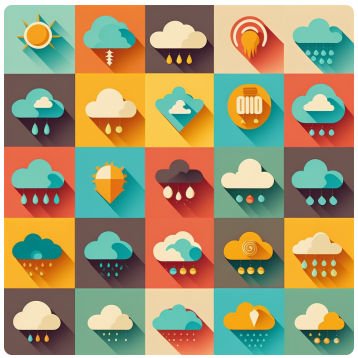
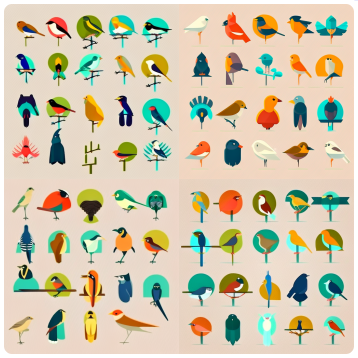
For the same reason generative AI models are excellent at producing icons for mobile apps. Below are some variations invoked by a designer in the Midjourney channel where they were experimenting with the shape and colors for an icon for a video editing mobile app. These are not perfect, but they can serve as the basis for further tweaks by a human. Perhaps by a contracted fractional artist grateful for the clear parameters and the opportunity for a short turnaround. Or perhaps one of them can be used as-is, if they meet the vision of the prompting designer.
Video editing app mobile icons
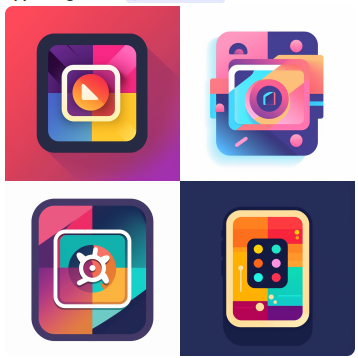
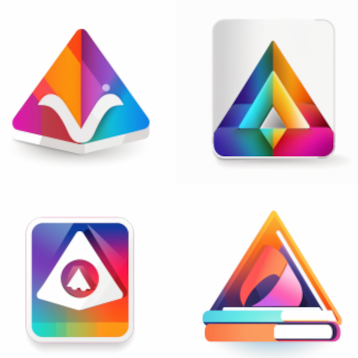

Creating images for blog posts is another of those menial tasks that can be unrewarding labor for a human artist, but are key to the design and aesthetic of a modern website. The below images were generated in a particularly fascinating way - by giving Midjourney just the title of the blog post, and allowing it to generate the images from that information alone - no style was specified in the prompts. Interestingly, the results hint adequately at the theme (How to Optimize Programming Code) with the exact right amount of banality that most blog designs require from the square little background for blog post clickables. These are a kind of filler image that lives below the threshold of human enthusiasm but are critical to the overall appearance of the page. The current crop of generative AI is really good at producing that, unsurprisingly.
Blog post images
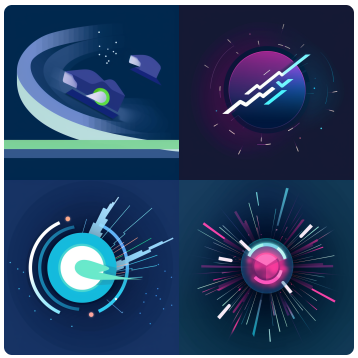
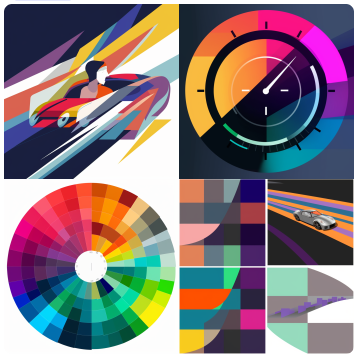
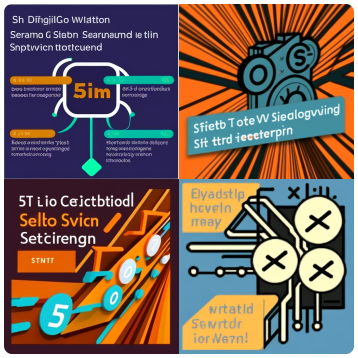
In the future, I believe that the job of the web designer will likely be more as a critic, an appraiser, and as a publisher. They will act as a gateway to a suite of generative, automatic, and prebuilt systems - both familiar and new. They will spend their labor sculpting the outputs from these building blocks, and applying their aesthetic veneer. They will use every tool available, including the new scary ones, and their own genius and utility will live at the layer of discovery and vision, and in promoting and fully baking the apt and attractive ones. They will be choosers and riffers and dreamers. Clients will engage them based on their oeuvre.
They will be artists.
This will radically empower the artist class, as generative AI models will magic away much of the brainstorming, shorten turnaround times, and even allow for the complicated underpinning software systems to be generated belowdecks. The power will shift away from the programmers, template designers, and mercenary content creators and land in the hands of a new breed of website builders - people who curate, and people who apply a marriage of technology and art to the problem. This shift had already been ongoing, most recently seen in the focusing in on low-code/no-code platforms, but generative AI will take it to the next level: artists will be able to move further into technical territory, and technical people can become more artistic.
Either way, we end up with art (and artists) on top and firmly monetized, as that is now the only distinguishing feature when everything else has been automated away.
Website building is just one area where creative overlaps with technology. There are so many more. By 2033, AI may have given artists the world.
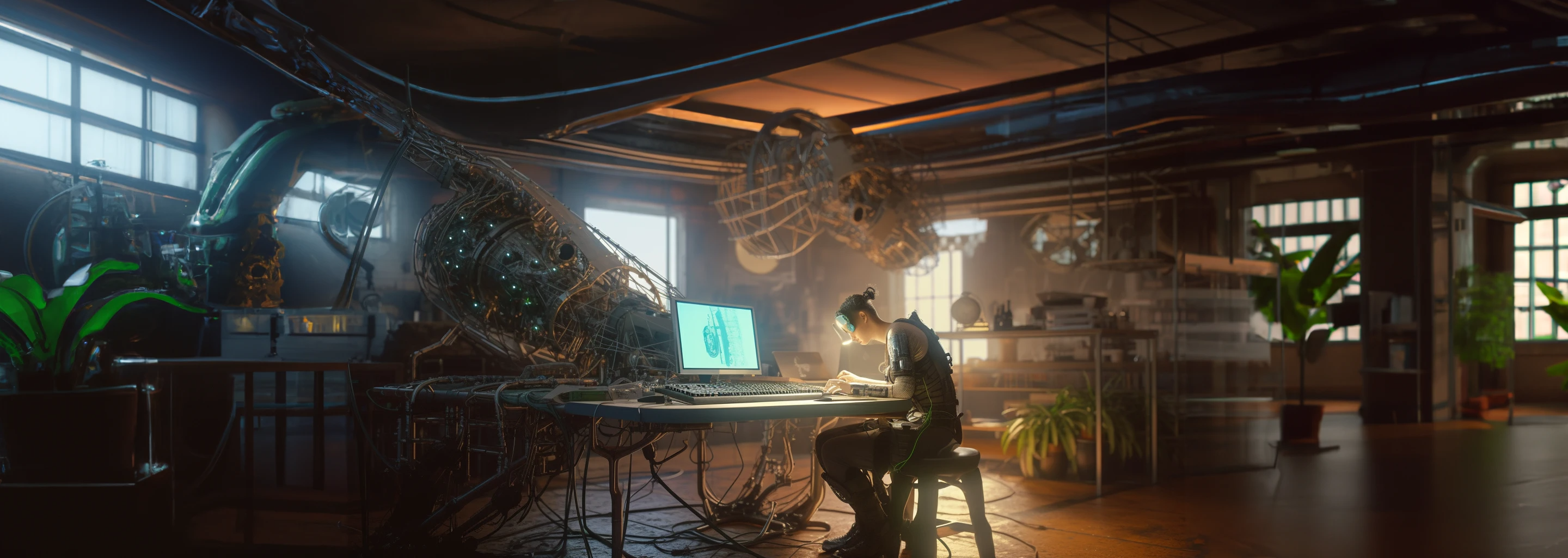
Comments